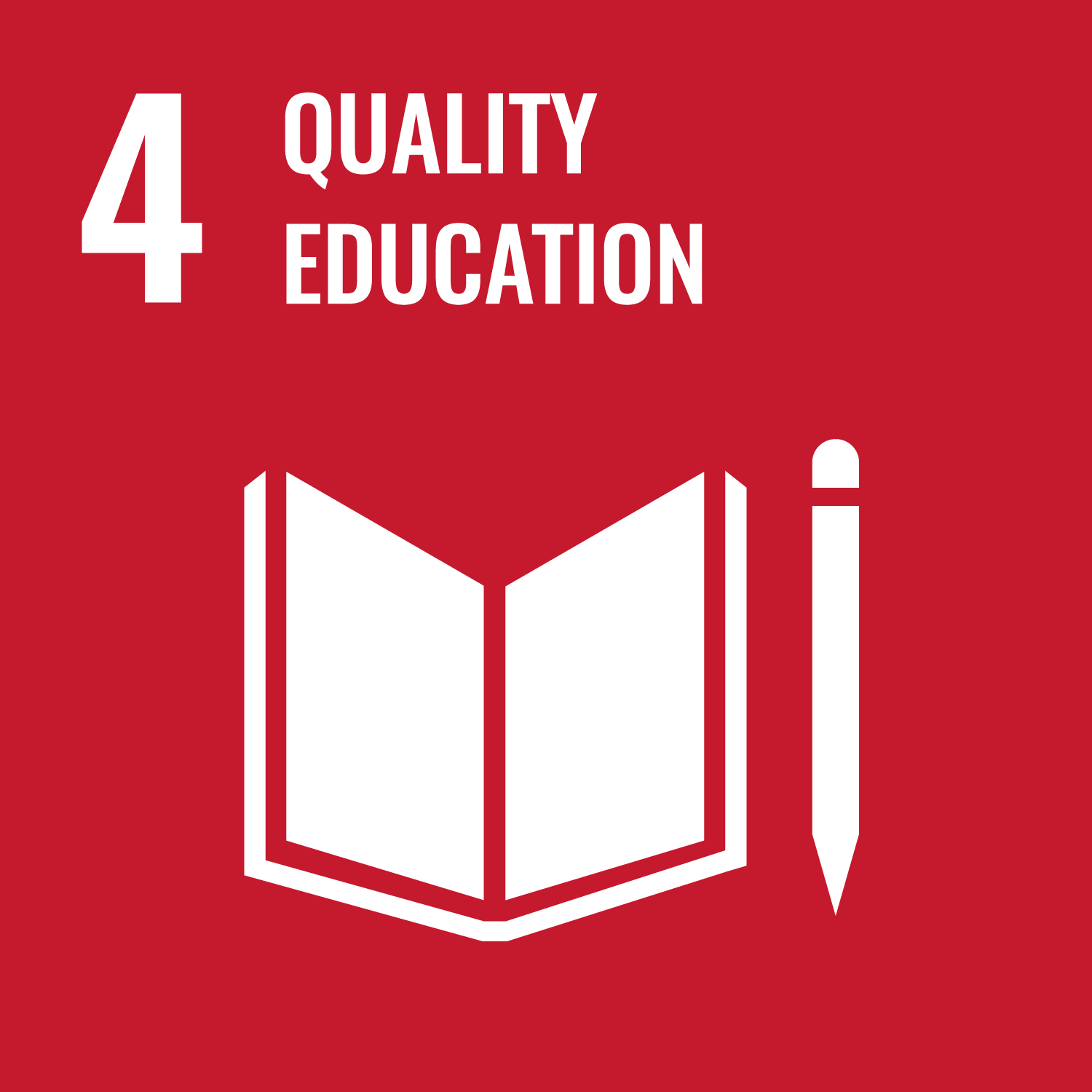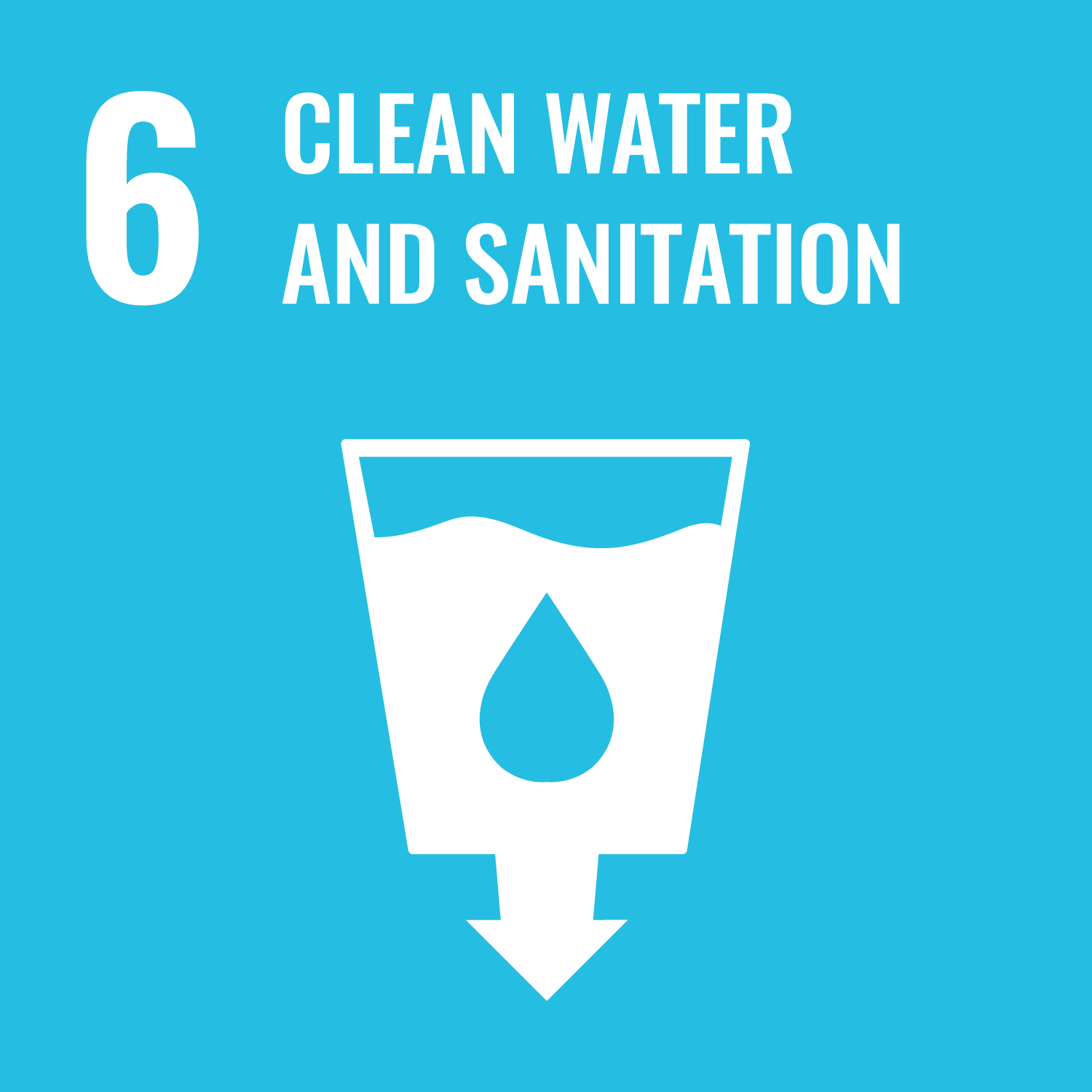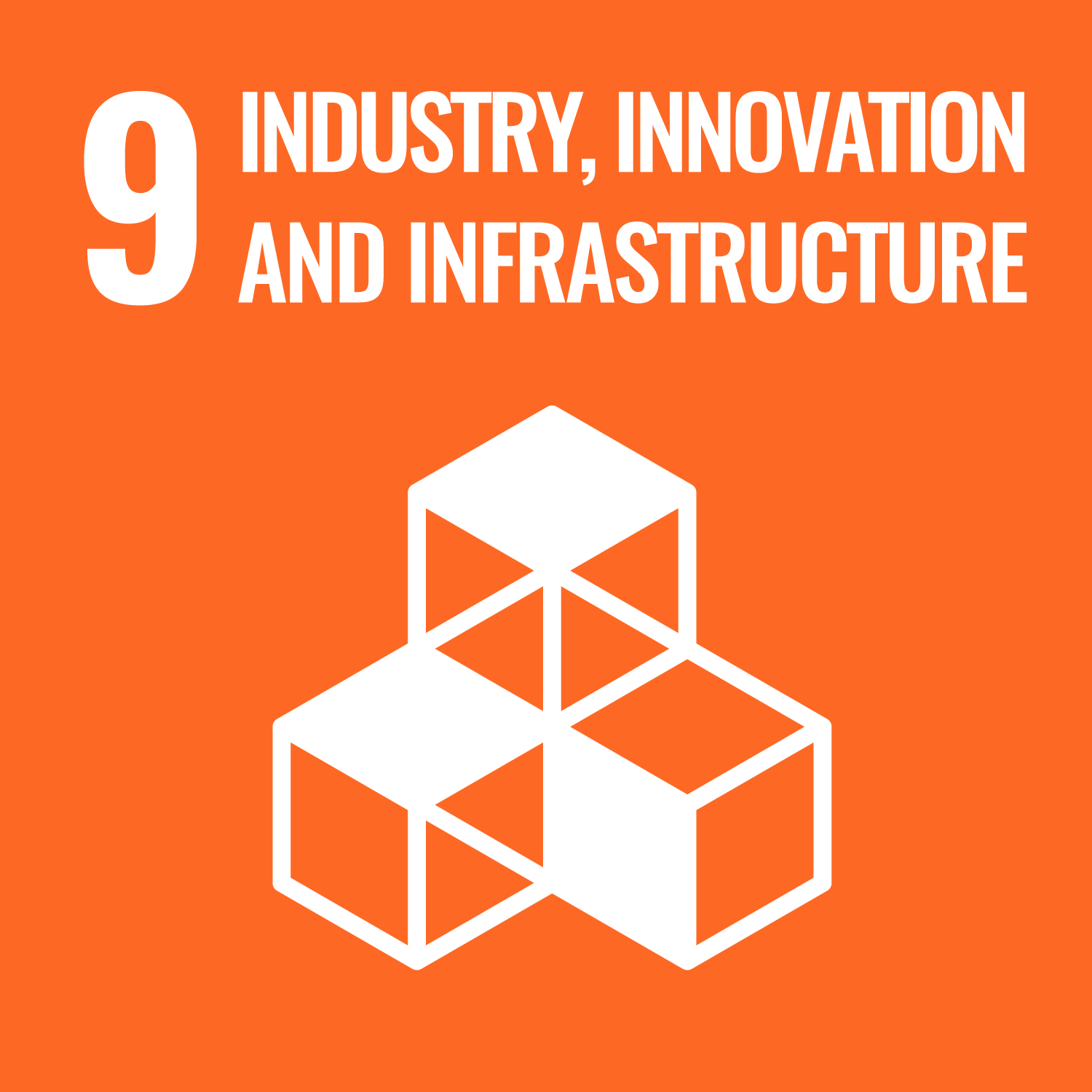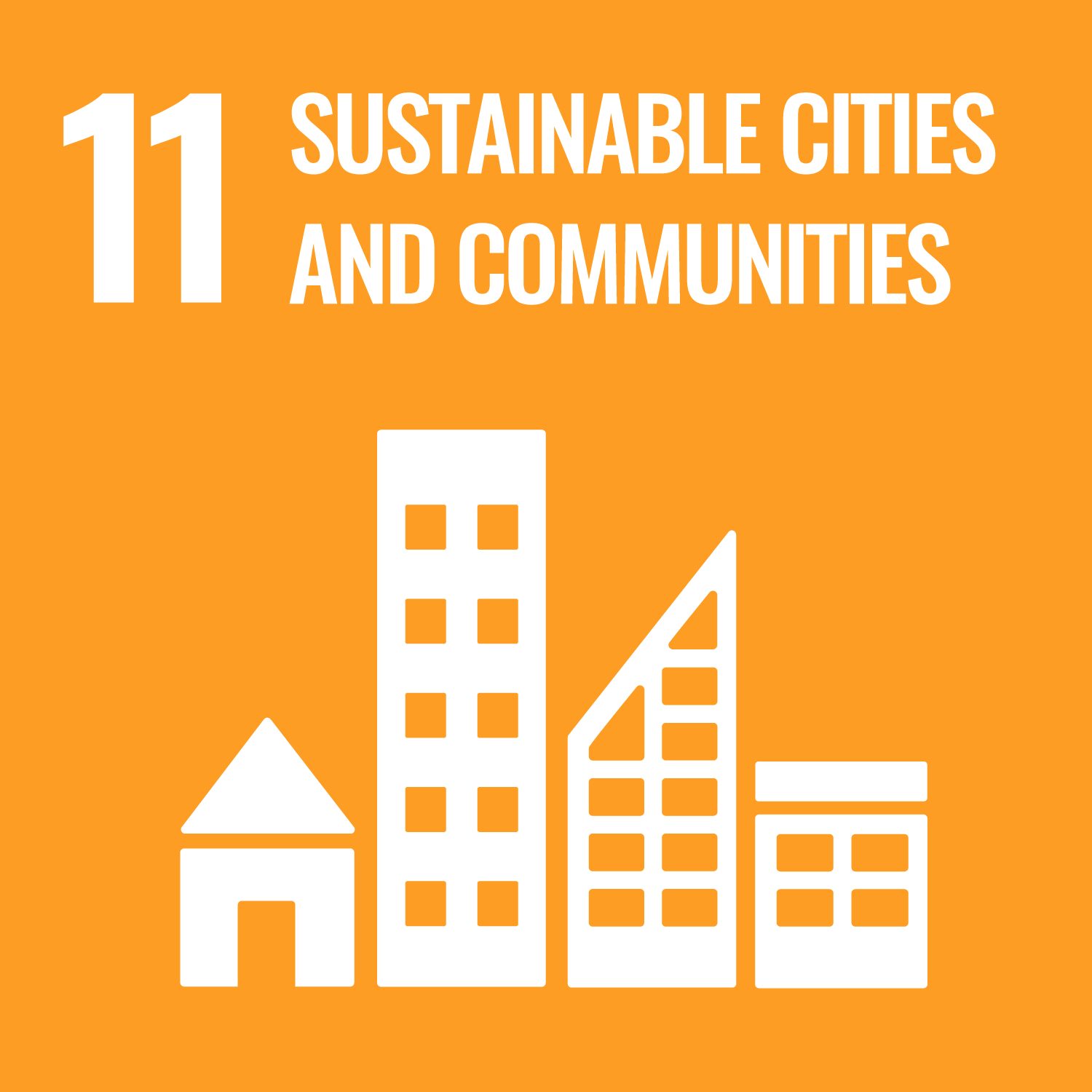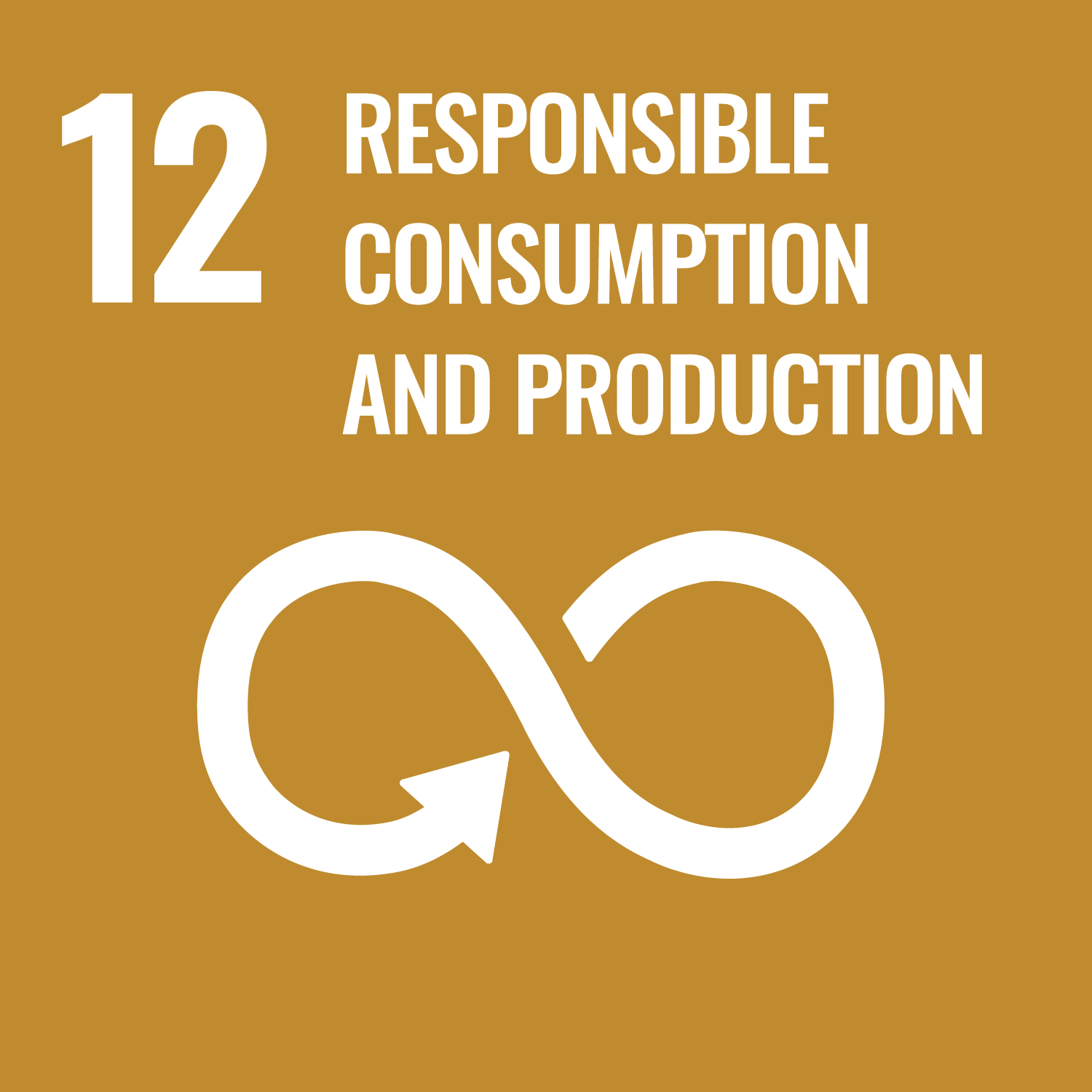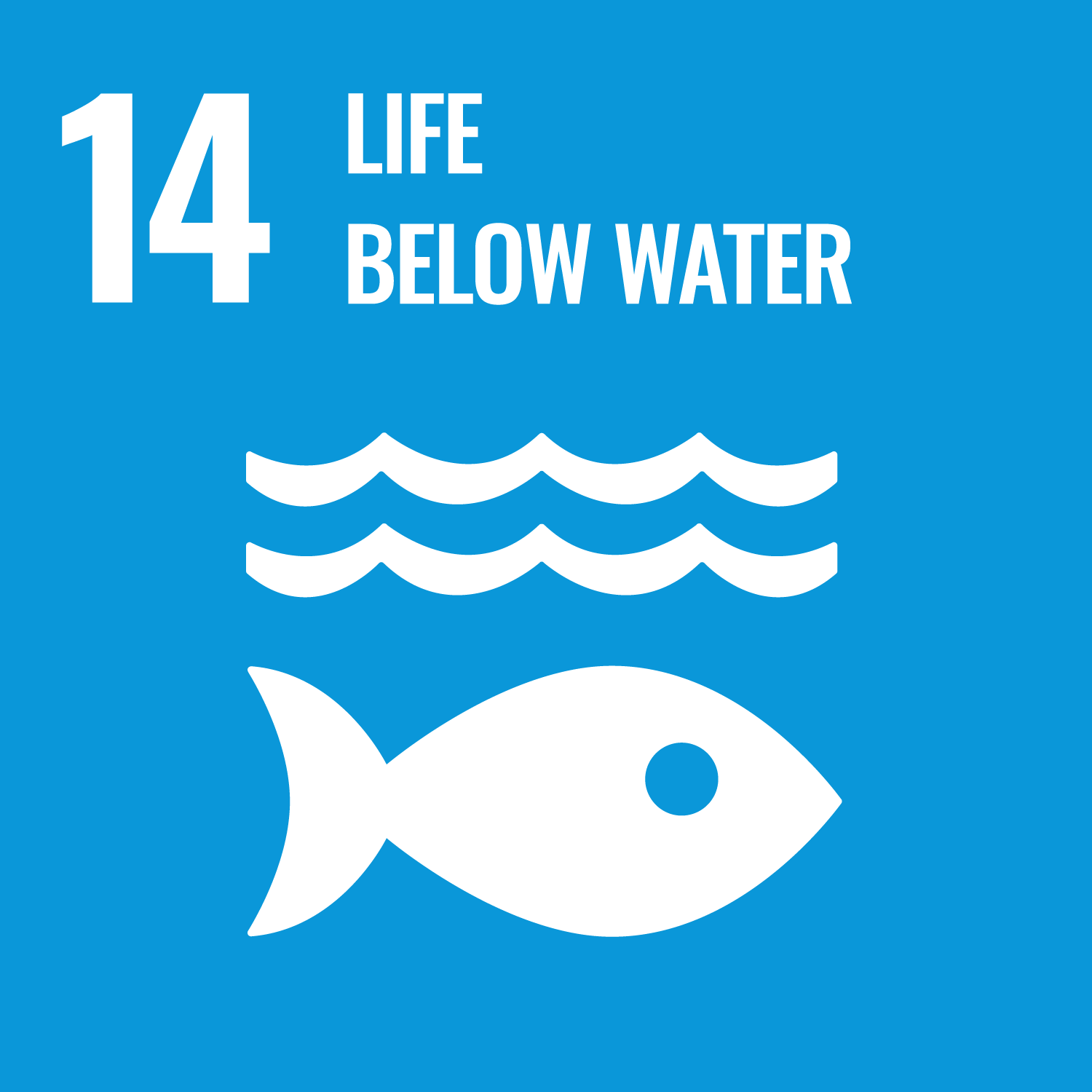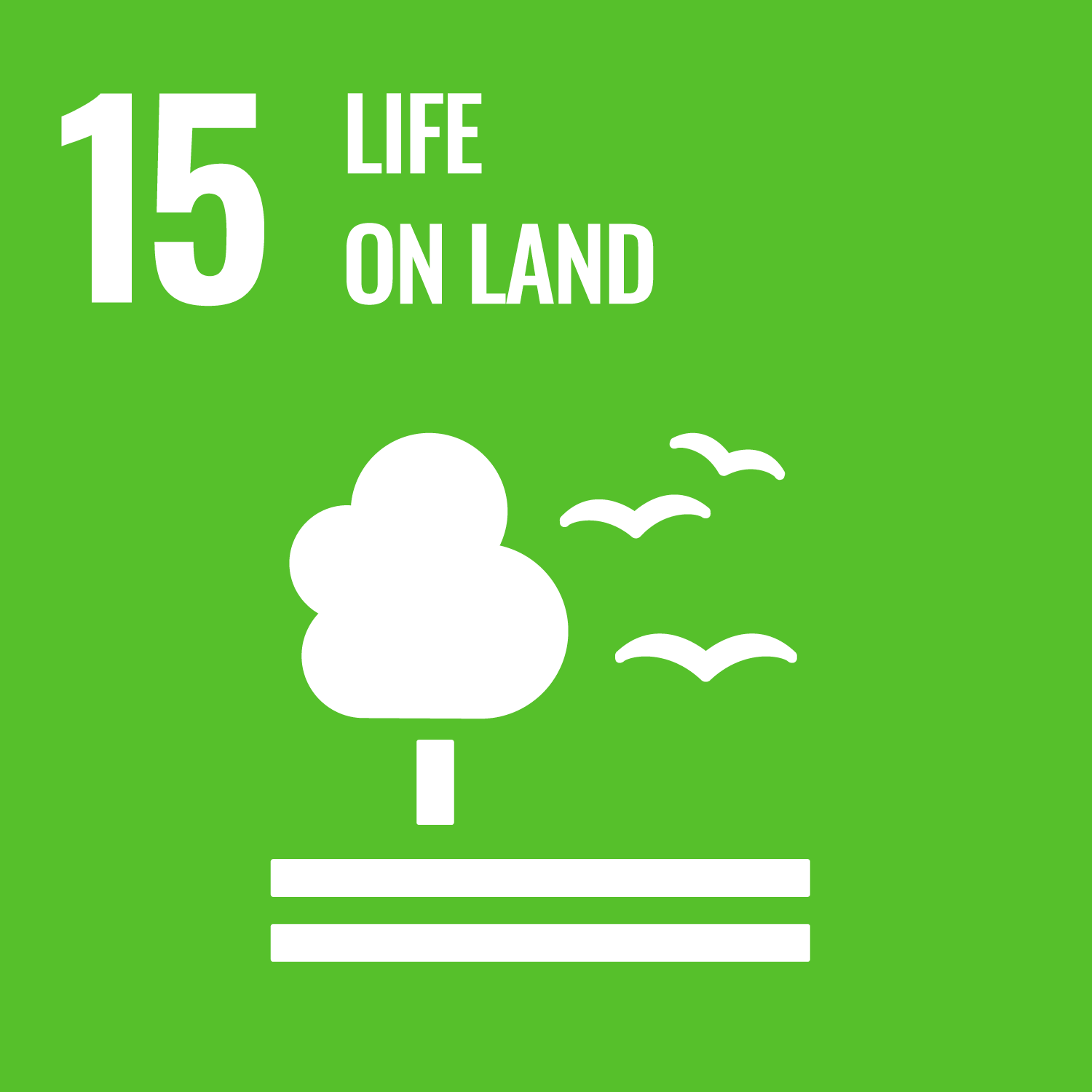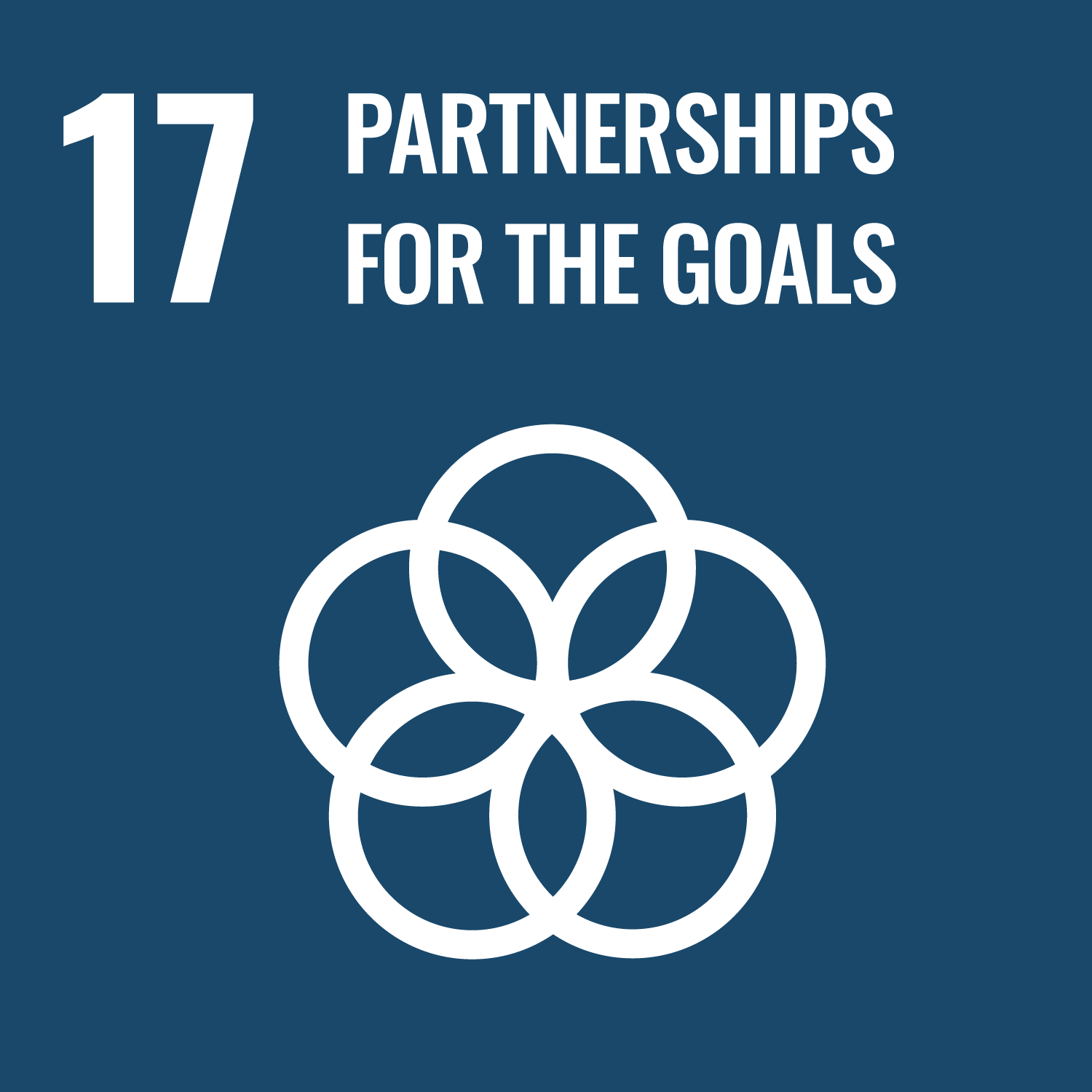Online pathology diagnosis system via digital image transfer system and VPN line
Kagoshima University Hospital Department of Pathology and Pathological Diagnosis
https://pathology-kagoshima.jp/- amami
Background and objectives of activities
In collaboration with Kagoshima University Hospital, the Department of Pathology and the Department of Diagnostic Pathology at Kagoshima University Hospital perform histopathological diagnosis for Oshima Hospital. As Oshima Hospital does not have a full-time pathologist, the use of a digital image transfer system and an online diagnosis system via VPN line enables histopathological diagnosis of the same quality as on the mainland, even on remote islands, and contributes to the equalization of histopathological diagnosis in Kagoshima Prefecture. In addition, the online diagnostic system promotes the paperless operation of pathological diagnosis, and is involved in the Dx and SDGs projects in the field of medicine.
.jpg)
Summary of Activities
1. Intraoperative rapid pathological diagnosis using digital pathological images in collaboration between healthcare organizations
We provide intraoperative rapid pathological diagnosis using digital images created by slide scanners and report the results of pathological diagnosis using the online diagnostic system.
2. Pathology diagnosis through collaboration between healthcare institutions
We perform diagnoses using pathological tissue specimens that have been outsourced to a registered medical laboratory from Oshima Prefectural Hospital, and report the results of the pathological diagnosis through an online diagnostic system.
Expected Benefits
After the installation of a Class II slide scanner at Oshima Hospital or at the registered medical laboratories that receive orders for the preparation of specimens, the time required for reporting pathological diagnoses will be reduced by the complete digitization of pathological diagnoses, and the disadvantages of remote islands will be almost completely eliminated. Furthermore, the complete digitization will eliminate the need to send glass specimens, which will contribute to reducing transportation costs and also to curbing CO2 emissions from transportation.



